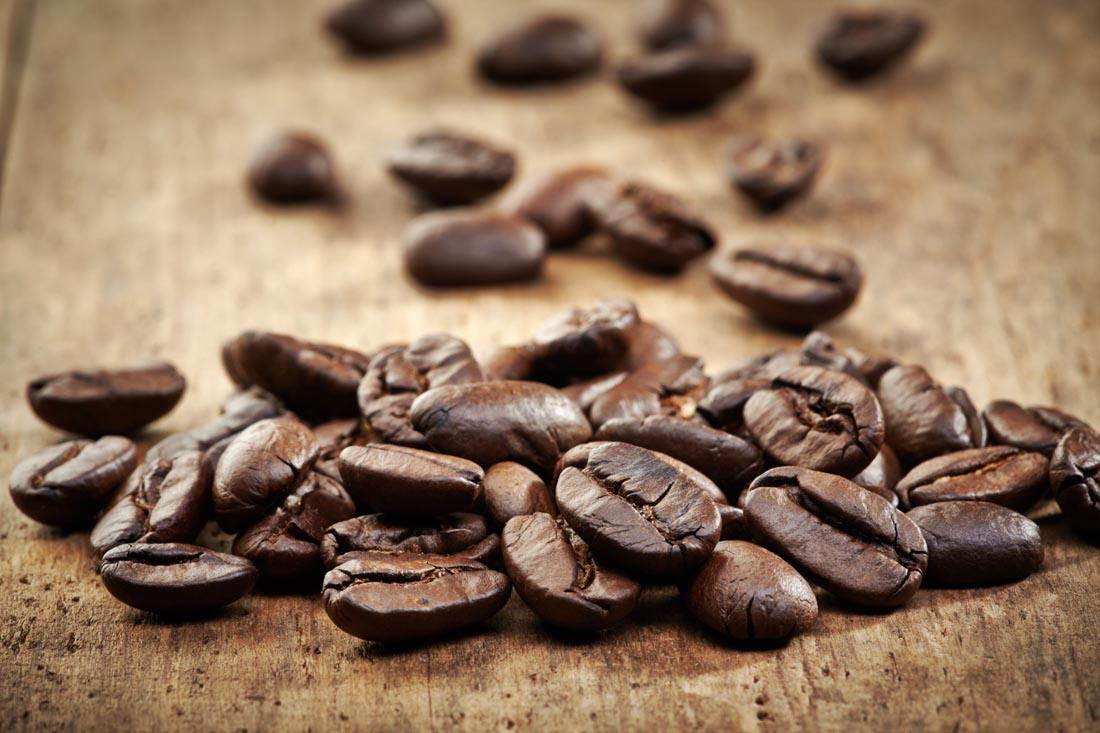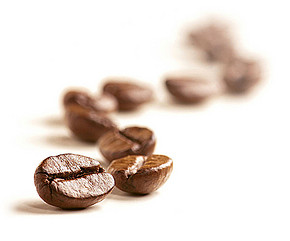Introduction of Brazilian coffee bean producing areas, Brazilian coffee taste and flavor
Follow the caf é (Wechat official account vdailycom) and found that Beautiful Cafe opened a small shop of its own.
Brazilian coffee generally refers to coffee produced in Brazil. There are many kinds of coffee in Brazil, and most of them are sun-dried without washing, and they are classified according to the name of the state of origin and the port of transport. Brazil has 21 states, 17 of which produce coffee, but four of them produce the most: Parana, SaoPaulo, MinasGerais and EspiritoSanto, with the southern state producing the most, accounting for 50 per cent of the total. Together, it accounts for 98% of the country's total output.

The taste of Brazilian coffee has a low sour taste, with the sweet and bitter taste of coffee, the entrance is very smooth, but also with a hint of grass aroma, slightly bitter in the fragrance, smooth and smooth, with a pleasant aftertaste.
Brazil is vividly compared to the "giant" and "monarch" of the coffee world, with about 3.97 billion coffee trees, and small farmers now grow 75% of Brazil's total coffee production. The number of coffee producers in Brazil is twice or even three times that of Colombia, the second largest coffee producer in the world.
Unlike in the past, Brazil's economy is now less dependent on coffee, which accounts for only 8% to 10% of GDP. Before World War II, Brazil accounted for 50% or more of the world's coffee production, and now it is close to 30%. But the country's impact on the world's coffee, especially on coffee prices, is significant. For example, two frost disasters in 1994 caused a sharp rise in global coffee prices.
Important Notice :
前街咖啡 FrontStreet Coffee has moved to new addredd:
FrontStreet Coffee Address: 315,Donghua East Road,GuangZhou
Tel:020 38364473
- Prev

Cultural stories about the History and Development of Brazilian Coffee beans the flavor and taste characteristics of Brazilian Arabica coffee varieties
Following Kaibei (official Wechat account vdailycom) found that Brazilian Coffee is famous for its strong aroma, but it has something to do with killer bees in Africa, whose stings scare everyone. In Brazil, South America, in 1956, scientists introduced dozens of killer bees from Africa, which were accidentally released from the hive. Like
- Next

What are the processing techniques for raw beans of Brazilian coffee?
Following Cafe Review (official Wechat account vdailycom) found that during the growing stage of coffee fruit, artificial picking and processing processes will bring unique taste to the coffee, as well as take away some of the unique flavor of the coffee. In my opinion, the processing technology of raw coffee beans is one of the key factors to determine the quality of coffee. If the workers are skilled enough
Related
- Detailed explanation of Jadeite planting Land in Panamanian Jadeite Manor introduction to the grading system of Jadeite competitive bidding, Red bid, Green bid and Rose Summer
- Story of Coffee planting in Brenka region of Costa Rica Stonehenge Manor anaerobic heavy honey treatment of flavor mouth
- What's on the barrel of Blue Mountain Coffee beans?
- Can American coffee also pull flowers? How to use hot American style to pull out a good-looking pattern?
- Can you make a cold extract with coffee beans? What is the right proportion for cold-extracted coffee formula?
- Indonesian PWN Gold Mandrine Coffee Origin Features Flavor How to Chong? Mandolin coffee is American.
- A brief introduction to the flavor characteristics of Brazilian yellow bourbon coffee beans
- What is the effect of different water quality on the flavor of cold-extracted coffee? What kind of water is best for brewing coffee?
- Why do you think of Rose Summer whenever you mention Panamanian coffee?
- Introduction to the characteristics of authentic blue mountain coffee bean producing areas? What is the CIB Coffee Authority in Jamaica?

